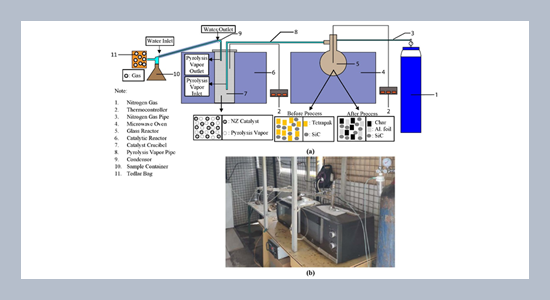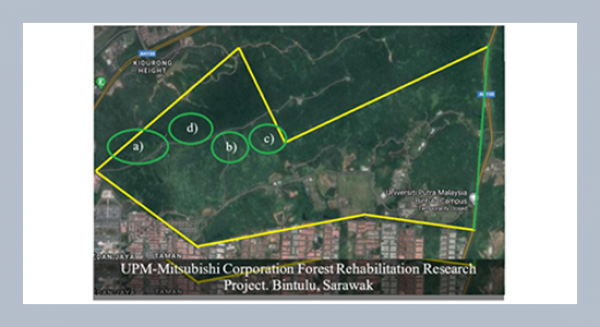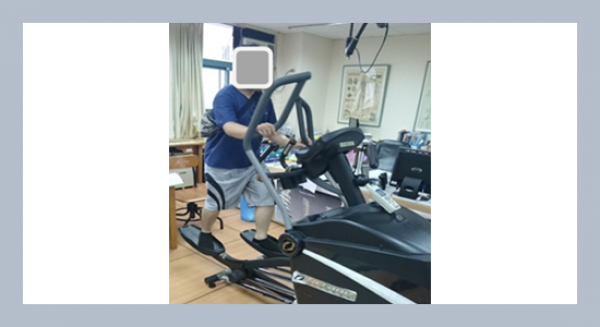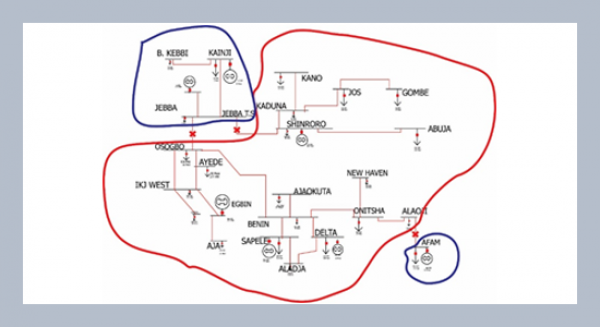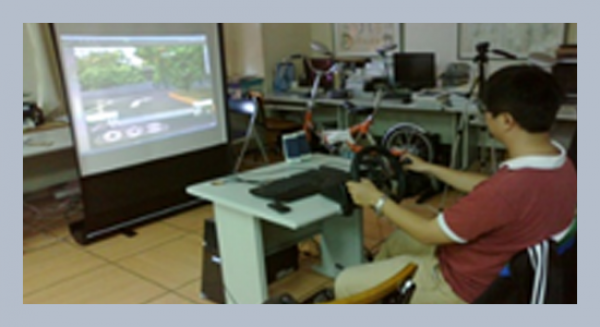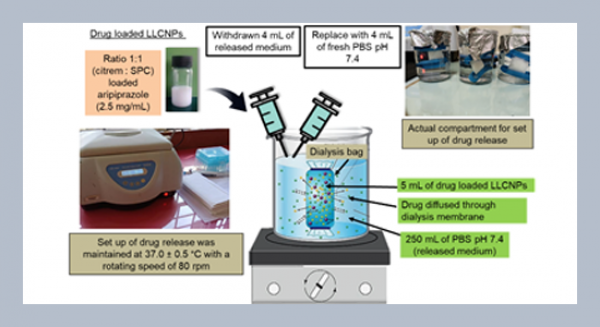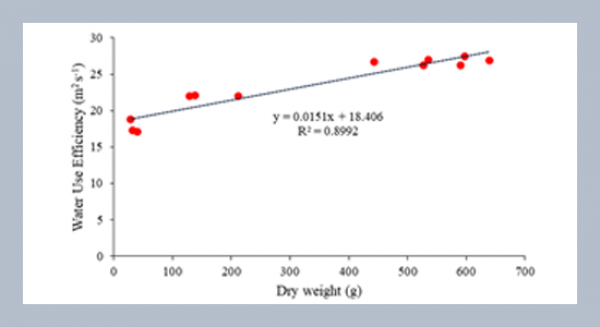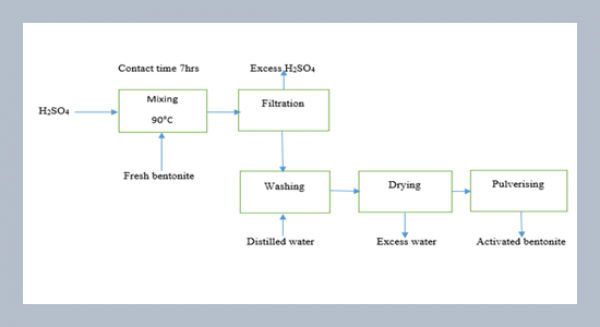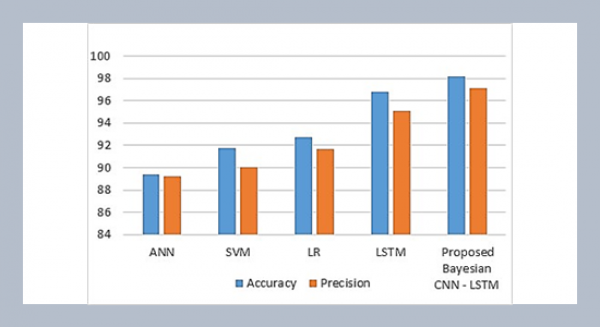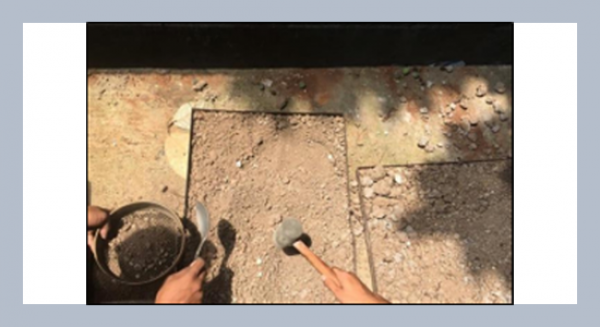REFERENCES
- Atreya, A., Olszewski, P., Chen, Y., Baum, H.R. 2017. The effect of size, shape and pyrolysis conditions on the thermal decomposition of wood particles and firebrands. International Journal of Heat and Mass Transfer, 107, 319–328.
- Bing, W., Hongbin, Z., Zeng, D., Yuefeng, F., Yu, Q., Rui, X. 2021. Microwave fast pyrolysis of waste tires: Effect of microwave power on product composition and quality. Journal of Analytical and Applied Pyrolysis, 155, 104979.
- Caroko, N., Saptoadi, H., Rohmat, T.A. 2020a. Comparative study on the drying of oil palm solid waste using conventional and microwave methods. Journal of Engineering Science and Technology, 15, 2696–2711.
- Caroko, N., Saptoadi, H., Rohmat, T.A. 2020b. Kinetics of microwave co-pyrolysis of palm oil industry solid waste and polyethylene terephthalate waste. Journal of Advanced Research in Fluid Mechanics and Thermal Sciences, 71, 72–82.
- Dai, L., Fan, L., Liu, Y., Ruan, R., Wang, Y., Zhou, Y., Zhao, Y., Yu, Z. 2017. Production of bio-oil and biochar from soapstock via microwave-assisted co-catalytic fast pyrolysis. Bioresource Technology, 225, 1–8.
- Dai, X., Wu, C., Li, H., Chen, Y. 2000. The fast pyrolysis of biomass in CFB reactor. Energy and Fuels, 14, 552–557.
- Domínguez, A., Menéndez, J.A., Fernández, Y., Pis, J.J., Nabais, J.M.V., Carrott, P.J.M., Carrott, M.M.L.R. 2007. Conventional and microwave induced pyrolysis of coffee hulls for the production of a hydrogen rich fuel gas. Journal of Analytical and Applied Pyrolysis, 79, 128–135.
- Duan, D., Wang, Y., Dai, L., Ruan, R., Zhao, Y., Fan, L., Tayier, M., Liu, Y. 2017. Ex-situ catalytic co-pyrolysis of lignin and polypropylene to upgrade bio-oil quality by microwave heating. Bioresource Technology, 241, 207–213.
- Gómez, N., Banks, S.W., Nowakowski, D.J., Rosas, J.G., Cara, J., Sánchez, M.E., Bridgwater, A.V. 2018. Effect of temperature on product performance of a high ash biomass during fast pyrolysis and its bio-oil storage evaluation. Fuel Processing Technology, 172, 97–105.
- Haydary, J., Susa, D., DudáŠ, J. 2013. Pyrolysis of aseptic packages (tetrapak) in a laboratory screw type reactor and secondary thermal/catalytic tar decomposition. Waste Management, 33, 1136–1141.
- Huang, Y.F., Kuan, W.H., Chang, C.C., Tzou, Y.M. 2013. Catalytic and atmospheric effects on microwave pyrolysis of corn stover. Bioresource Technology, 131, 274–280.
- Jerzak, W., Bieniek, A., Magdziarz, A. 2021. Multifaceted analysis of products from the intermediate co-pyrolysis of biomass with Tetra Pak waste. International Journal of Hydrogen Energy.
- Kefli, A.A., Khasri, A., Rohaizad, N.M., Ahmad, M.A. 2017. Microwave assisted pyrolysis of Imperata Cylindrica with ionic liquids pre-treatment. International Journal of Petrochemistry and Research, 1, 73–75.
- Klinger, J.L., Westover, T.L., Emerson, R.M., Williams, C.L., Hernandez, S., Monson, G.D., Ryan, J.C. 2018. Effect of biomass type, heating rate, and sample size on microwave-enhanced fast pyrolysis product yields and qualities. Applied Energy, 228, 535–545.
- Korkmaz, A., Yanik, J., Brebu, M., Vasile, C. 2009. Pyrolysis of the tetra pak. Waste Management, 29, 2836–2841.
- Li, K., Chen, G., Chen, J., Peng, J., Ruan, R., Srinivasakannan, C. 2019a. Microwave pyrolysis of walnut shell for reduction process of low-grade pyrolusite. Bioresource Technology, 291, 121838.
- Li, K., Chen, G., Li, X., Peng, J., Ruan, R., Omran, M., Chen, J. 2019b. High-temperature dielectric properties and pyrolysis reduction characteristics of different biomass-pyrolusite mixtures in microwave field. Bioresource Technology, 294, 122217.
- López, A., de Marco, I., Caballero, B.M., Laresgoiti, M.F., Adrados, A., Torres, A. 2011. Pyrolysis of municipal plastic wastes II: Influence of raw material composition under catalytic conditions. Waste Management, 31, 1973–1983.
- Ma, Y. 2018. Changing Tetra Pak: From waste to resource. Science Progress, 101, 161–170.
- Menéndez, J.A., Domínguez, A., Inguanzo, M., Pis, J.J. 2004. Microwave pyrolysis of sewage sludge: Analysis of the gas fraction. Journal of Analytical and Applied Pyrolysis, 71, 657–667.
- Miandad, R., Barakat, M.A., Aburiazaiza, A.S., Rehan, M., Nizami, A.S. 2016. Catalytic pyrolysis of plastic waste: A review. Process Safety and Environmental Protection, 102, 822–838.
- Miandad, R., Barakat, M.A., Rehan, M., Aburiazaiza, A.S., Ismail, I.M.I., Nizami, A.S. 2017. Plastic waste to liquid oil through catalytic pyrolysis using natural and synthetic zeolite catalysts. Waste Management, 69, 66–78.
- Miandad, Rashid, Rehan, M., Barakat, M.A., Aburiazaiza, A.S., Khan, H., Ismail, I.M.I., Dhavamani, J., Gardy, J., Hassanpour, A., Nizami, A.S. 2019. Catalytic pyrolysis of plastic waste: Moving toward pyrolysis based biorefineries. Frontiers in Energy Research, 7, 1–17.
- Motasemi, F., Afzal, M.T. 2013. A review on the microwave-assisted pyrolysis technique. Renewable and Sustainable Energy Reviews, 28, 317–330.
- Mushtaq, F., Amran, T., Abdullah, T., Mat, R., Nasir, F. 2015. Optimization and characterization of bio-oil produced by microwave assisted pyrolysis of oil palm shell waste biomass with microwave absorber. Bioresource Technology, 190, 442–450.
- Onwudili, J.A., Muhammad, C., Williams, P.T. 2019. Influence of catalyst bed temperature and properties of zeolite catalysts on pyrolysis-catalysis of a simulated mixed plastics sample for the production of upgraded fuels and chemicals. Journal of the Energy Institute, 92, 1337–1347.
- Pattiya, A. 2018. Catalytic pyrolysis. Direct Thermochemical Liquefaction for Energy Applications, 29–64.
- Pratiwi, I.A.P., Saptoadi, H., Sentanuhady, J., Purnomo, C. W., Rohmat, T.A. 2021. The influence of microwave oven output power and catalytic temperature on products yields of aseptic packaging waste pyrolysis. 11, 1871–1879.
- Rex, P., Masilamani, I.P., Miranda, L.R. 2020. Microwave pyrolysis of polystyrene and polypropylene mixtures using different activated carbon from biomass. Journal of the Energy Institute, 93, 1819–1832.
- Safdari, M.S., Amini, E., Weise, D.R., Fletcher, T.H. 2019. Heating rate and temperature effects on pyrolysis products from live wildland fuels. Fuel, 242, 295–304.
- Shepherd, B.J., Ryan, J., Adam, M., Beneroso Vallejo, D., Castaño, P., Kostas, E.T., & Robinson, J.P. 2018. Microwave pyrolysis of biomass within a liquid medium. Journal of Analytical and Applied Pyrolysis, 134, 381–388.
- Siddiqui, M.Z., Han, T.U., Park, Y.K., Kim, Y.M., Kim, S. 2020. Catalytic pyrolysis of tetra pak over acidic catalysts. Catalysts 2020, 10, 602 (article number 602. https://www.mdpi.com/2073-4344/10/6/602).
- Sonawane YB. 2015. Use of catalyst in pyrolysis of polypropylene waste into liquid fuel. International Research Journal of Environment Sciences, 4, 24–28.
- Syamsiro, M., Cheng, S., Hu, W., Saptoadi, H., Pratama, N. N., Trisunaryanti, W., Yoshikawa, K. 2014a. Liquid and Gaseous Fuel from Waste Plastics by Sequential Pyrolysis and Catalytic Reforming Processes over Indonesian Natural Zeolite Catalysts. Waste Technology, 2, 44–51.
- Syamsiro, M., Saptoadi, H., Norsujianto, T., Noviasri, P., Cheng, S., Alimuddin, Z., Yoshikawa, K. 2014b. Fuel oil production from municipal plastic wastes in sequential pyrolysis and catalytic reforming reactors. Energy Procedia, 47, 180–188.
- Tetra Pak. 2021. Food. People. Planet. Tetra Pak Company. Switzerland. Retrieved 2021–12–15 from https://www.tetrapak.com/en-id/sustainability/sustainability-updates
- Tröger, N., Richter, D., Stahl, R. 2013. Effect of feedstock composition on product yields and energy recovery rates of fast pyrolysis products from different straw types. Journal of Analytical and Applied Pyrolysis, 100, 158–165.
- Wahono, S.K., Hernawan, Kristiani, A., Tursiloadi, S., Abimanyu, H. 2014. Characterization and utilization of gunungkidul natural zeolite for bioethanol dehydration. Energy Procedia, 47, 263–267.
- Wang, K., Johnston, P.A., Brown, R.C. 2015. Comparison of in-situ and ex-situ catalytic pyrolysis in a micro-reactor system. Bioresource Technology, 173, 124–131.
- Williams, P.T., Brindle, A.J. 2002. Catalytic pyrolysis of tyres: Influence of catalyst temperature. Fuel, 81, 2425–2434.
- Yu, Z., Wang, Y., Jiang, L., Dai, L., Liu, Y., Ruan, R., Duan, D., Zhou, Y., Fan, L., Zhao, Y., Zou, R. 2018. Microwave-assisted catalytic pyrolysis of Chinese tallow kernel oil for aromatic production in a downdraft reactor. Journal of Analytical and Applied Pyrolysis, 133, 16–21.
- Zaker, A., Chen, Z., Wang, X., Zhang, Q. 2019. Microwave-assisted pyrolysis of sewage sludge: A review. Fuel Processing Technology, 187, 84–104.
- Zhang, Y., Chen, P., Liu, S., Peng, P., Min, M., Cheng, Y., Anderson, E., Zhou, N., Fan, L., Liu, C., Chen, G., Liu, Y., Lei, H., Li, B., Ruan, R. 2017. Effects of feedstock characteristics on microwave-assisted pyrolysis – A review. Bioresource Technology, 230, 143–151.
- Zhao, X., Zhang, J., Song, Z., Liu, H., Li, L., Ma, C. 2011. Microwave pyrolysis of straw bale and energy balance analysis. Journal of Analytical and Applied Pyrolysis, 92, 43–49.
- Zuo, W., Tian, Y., Ren, N. 2011. The important role of microwave receptors in bio-fuel production by microwave-induced pyrolysis of sewage sludge. Waste Management, 31, 1321–1326.



